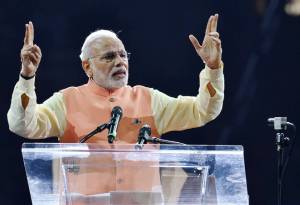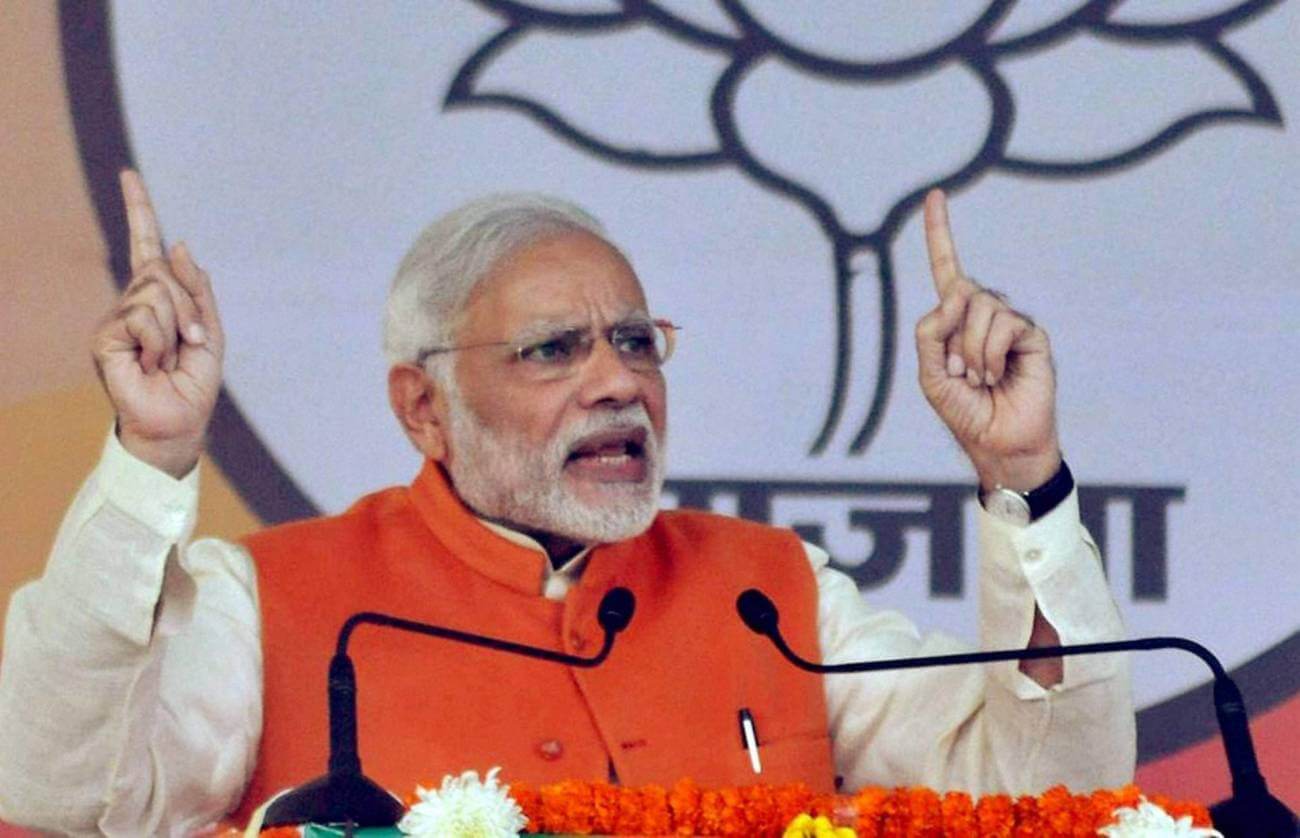After assuming the office with a struggling economy in May 2014 the Indian PM Modi set sight on neoliberal economic policies and gained ground on privatisation and liberalisation of the Indian economy. With a 7.4% annual GDP growth rate, the Indian government succeeded in plunging the inflation rate by more than twice and creating thousands of new workplaces.
One of the major frontrunners of that growth rally is increasing foreign direct investments (FDI) in India which are mostly attracted by Modi’s intense agenda with full of foreign state visits to seek economic corporation.
Modi’s reforms to liberalise Indian economy
Modi government initiated a process of developing the investment environment. In that regard, India has eased regulatory norms and restrictions on FDI, opening up its defence and civil aviation sectors to entirely outside proprietary and allowing foreign firms to possess up to %74 in brownfield pharmaceutical projects free from initial government confirmation. Besides these, in order to improve the ease of doing business the government relaxed the norms that regulate FDI in more than a dozen sectors such as insurance, food retailing, telecom, multi and single brand retailing.
“Make in India” campaign
As a part of FDI reforms, Modi launched a new initiative under the slogan “Make in India” immediately after coming to the power to transform the Indian economy into a worldwide manufacturing centre and hike this sector’s weight in GDP up to 25% by 2020. In short period of time, tough regulatory system inherited from past ruling governments annihilated and replaced with more transparent, fair and user-friendly system which assisted to agglomerate record level of FDI into Indian economy.
New Goods and Services Tax system
Moreover, PM Modi, recently announced that the Goods and Services Tax (GST) which is aimed to replace existing 17 different types of taxes and gather them under one unified taxation regime is expected to be implemented by this year. GST is considered to be an extensive tax system on manufacture, sale and consumption of goods and services throughout India and it will be levied and collected at the each stage of selling and purchasing. By doing so, the Indian government purposing to eliminate the obstacles caused by the existing complex taxation system and summon more FDI at this occasion.
Accumulations of FDI reforms
As a result of all these reforms by the end of fiscal year 2016, Modi succeeded to attract a record level of foreign investment into Indian economy accounting to roughly $61 bn., a drastic increase of just slightly under %50 compared to 2014 level. Sectors such as services, IT & hardware, automobile, chemicals, drugs & pharmaceuticals, power and trading are the ones which mostly attracted FDI inflows into India. Today, all of the primary agencies including World Bank, International Money Fund and World Economic Forum have identified India to be the best destination for foreign investment, shooting ahead of China and USA and by the words of Modi “India has become the most open economy in the world”.
Despite all these efforts to liberalize the economy and to take the ease of doing business a one step further, still there are several political, social and structural issues and risks associated with domestic factors, which need to be surmounted, complicating the flow of capital into Indian economy in a degree. The dispute over Kashmir region between Pakistan and India emerges uncertainties and remains as a hazardous geopolitical risk against economic growth of India which needs to be obviated. Beyond that, the high poverty level, unfair distribution of national income and shortcomings in the education system survives as the main social challenges that Modi government need to tackle in order to proceed sustainable growth.
Structural problems involves persisting inadequate infrastructure despite the hard efforts of Modi and record level of infrastructure expenditures and foreign investments in recent years, weak structural business environment which exposes challenges to foreign firms who faces bureaucratic red tape issues such as impractical quality requirements, intense procedures and sluggish decision-making while entering into the government registration. India’s ranking is 130th among 180 countries in terms of ease of doing business in a World Bank index which measures the regulatory hindrances on small and medium-cap firms.
Demonetisation of 500 and 1000 rupee banknotes
On 8 November 2016, the Modi government declared the demonetisation of all 500 rupees (US$7.40) and 1000 rupees (US$15) banknotes – %86 of cash in the economy, from the circulation claiming that the decision would be effective for clearing the system from black money and corruption and for taking the counterfeit currency out of sally and supporting that it will shift country towards a digital and cashless economy. The surprise decision caused a loss in consumption demand in the country where it accounts for the significant part of economic growth and it immediately manifested itself in 4th quarter result of 2016 GDP growth rate with %7, a %0.6 decline compared to previous quarter. However, by the end of December 2016 more than %90 of demonetised money drawn back to banking system and included inside the reporting system for tax.
Read also this: Indian Cash Crisis
Opportunities and potential sectors to grow further
While the side effects of demonetisation on aggregate consumption is going to be perceived over the coming 2-3 quarters the full recovery is projected to be completed in the first quarter of FY 2017-18 and in the medium term low interest rates and surge in the tax flow will continue driving the economy forward to grow considerably. Presence of loans for consumers with lower interest rates by financial institutions is the key factor expected to drive the rural consumption in the future and it is anticipate to increase the demand for luxurious goods such as cars and consumer durables Several sectors such as health, education and entertainment are also likely to get a share from increasing consumption demand.
Banks and non-bank financial companies which provides cheap funds for rural segment and improve their businesses with technological innovations and adopt digital route will be major beneficiaries and will continue to attain higher growth levels. Government current attention on low-cost housing will also lead to high demand for construction materials, white appliances and other types of home durables. By the initiation of GST, logistics sector will benefit from increased limit of allowed journeys per month for trucks in order to catalyse the movements of goods. Modi’s government ambitious target to increase the renewable energy capacity 6 times higher than current capacity by 2022 will also cash on those facilitating companies. The improvement of the suitable weather conditions for agricultural production with %11 rain surplus compared to last two drought years will likewise hike the agricultural output and accordingly reduce the inflationary pressure on food prices.
Conclusion and to do’s
Obviously, Modi is determined to make the Indian economy a global leader and it is apparent from his intense state visits from rich gulf countries to Japan and from UK to USA. However, the true economic transformation and liberalisation doesn’t occur in few terms especially in the case of India with superabundant population, lack of infrastructure and social/political rigours. To maintain the current level of foreign capital flow and to enhance it, the Indian government should do further reforms on economic activities and should make substantial amount of investments on infrastructure and human capital.

























